

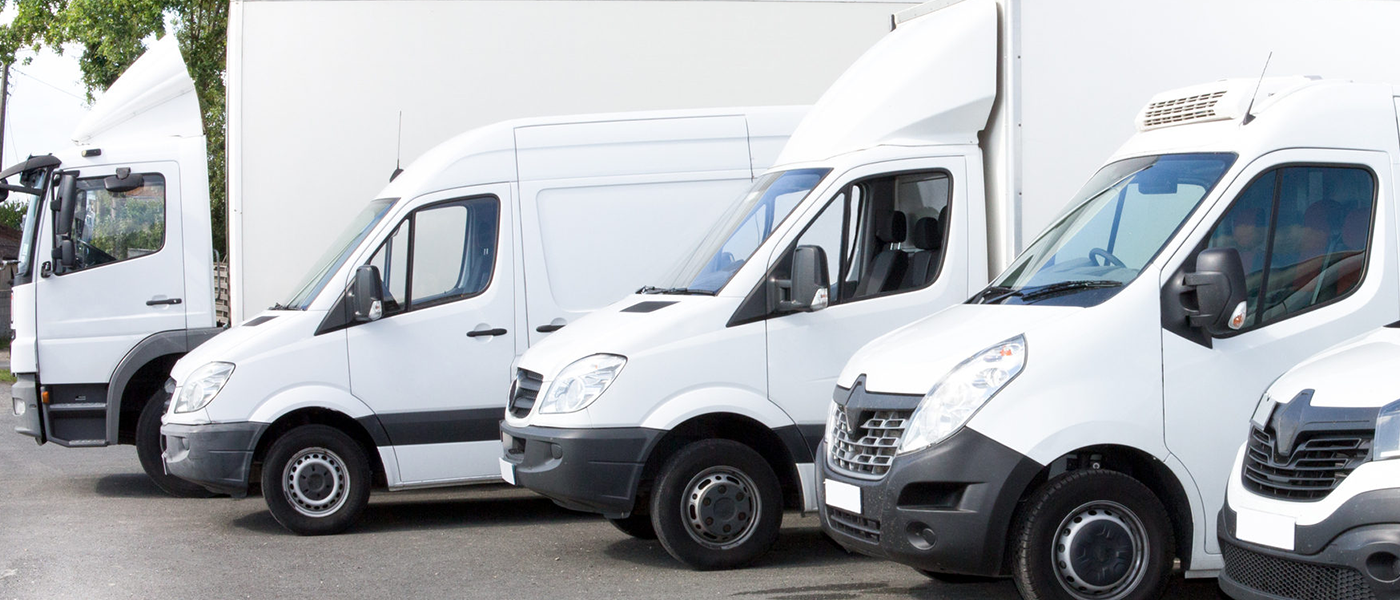

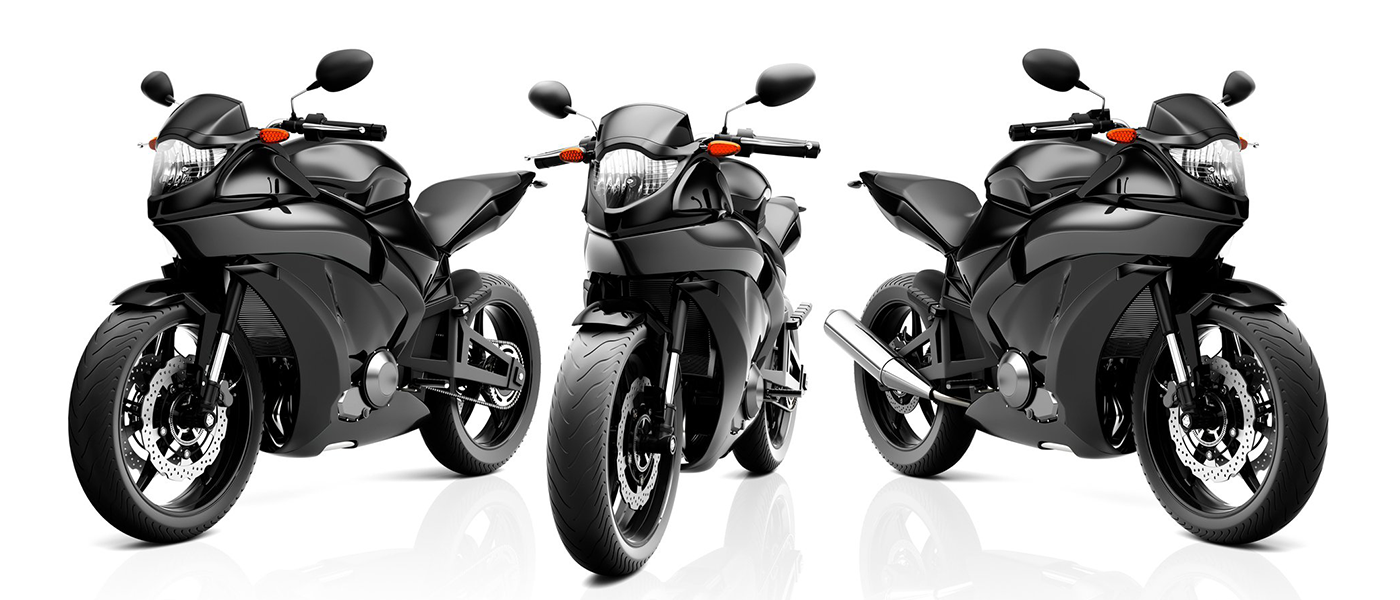
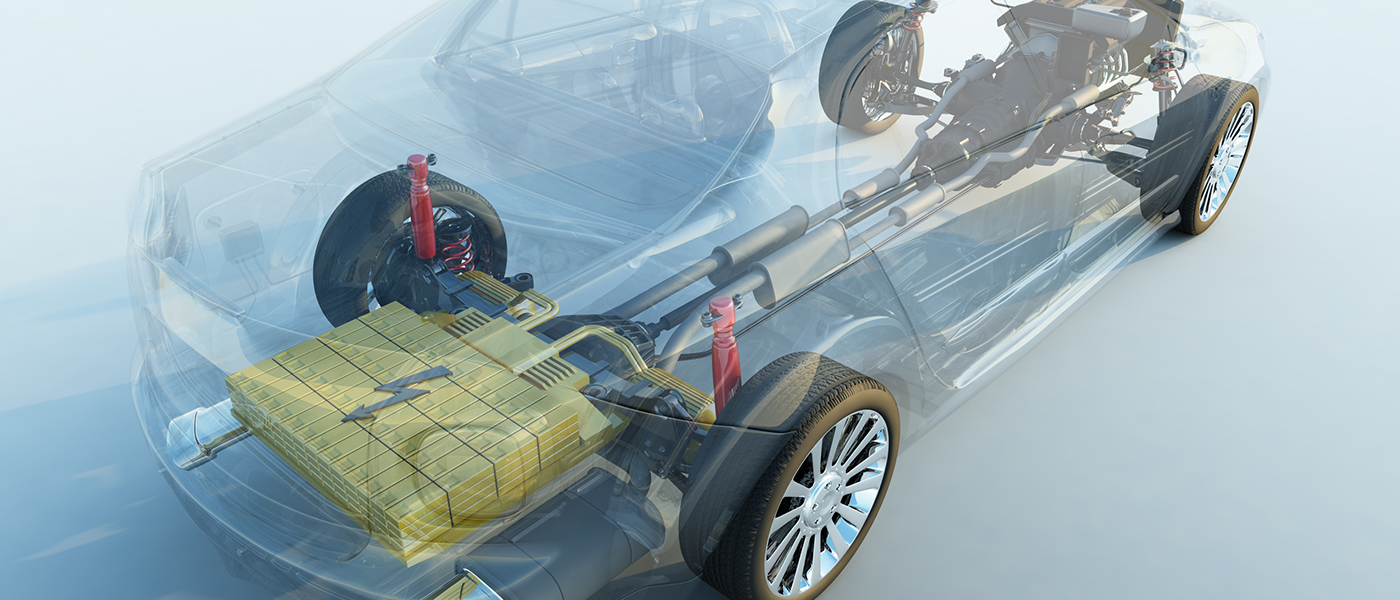
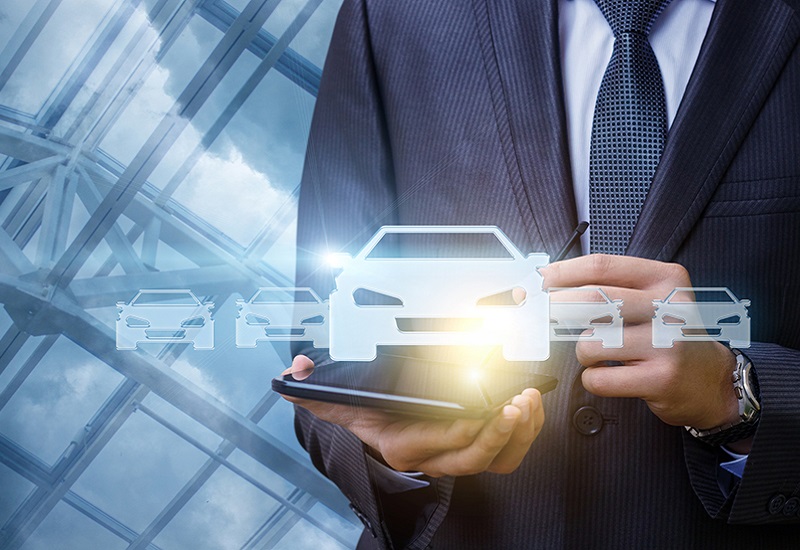
This research analyzes the mobility start-up industry in ASEAN countries like Indonesia, Malaysia, the Philippines, Singapore, Thailand, and Vietnam. It also highlights the latest developments, government support, stakeholder initiatives, strategic partnerships, disruptive innovations, and value propositions of leading companies.
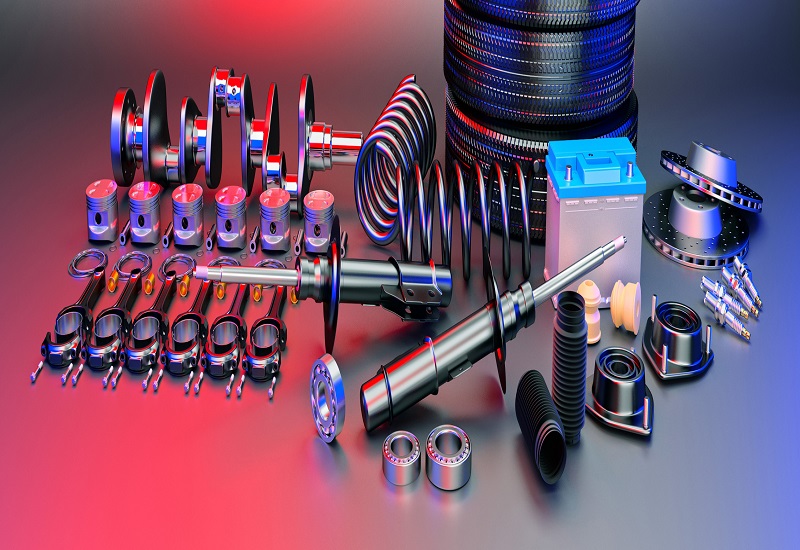
Innovative business models are accelerating the growth of the GCC light vehicle aftermarket. Understand how economic diversification will transform the future of this industry. Also, examine the smart mobility concepts, macroeconomic factors, revenue forecasts, future predictions, new technologies, and more.
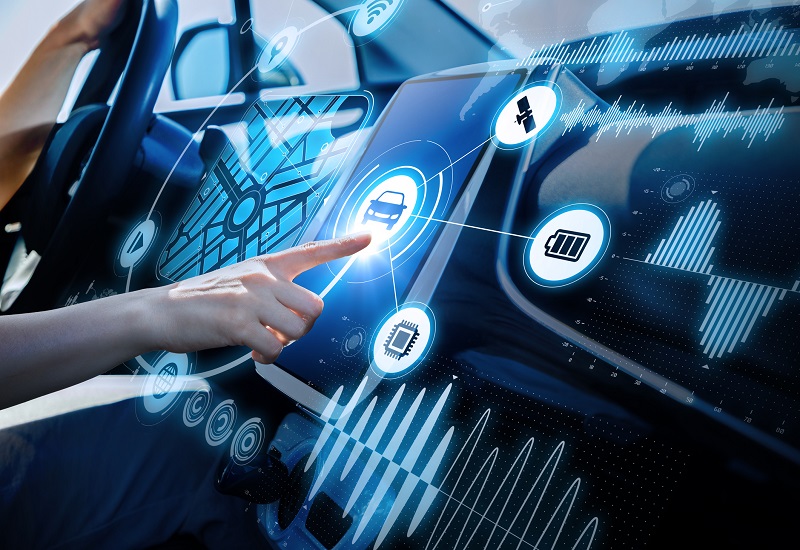
VR is used in automotive digital showrooms and vehicle production environments for an interactive user experience and improved employee productivity. Explore the role of VR in providing virtual entertainment options for passengers, along with new applications, challenges for implementation, and growth opportunities.

1.Time for change
2021 will (fingers crossed) go down in history as the year the world started to take climate change seriously. In April, the UK and Chinese governments announced ambitious goals of achieving carbon zero by 2050 and 2060 respectively. America plans to achieve a 50-52% reduction from 2005 levels in economy-wide net greenhouse gas pollution by 2030.
In the corporate world, high-tech businesses such as Microsoft, Apple and Novo Nordisk and service companies such as EY, Sky and KPMG have set their sights on achieving carbon zero by 2030. The more energy intensive industries including manufacturers (Cemex, Holcim and Tetrapak), oil and gas firms (BP, Shell and Total) and airline companies (BA, American Airlines and Japan Airlines) plan to reach this target by 2050.
Schedule a dialog or email us at myfrost@frost.com to connect with an industry expert at no charge. We are taking unprecedented action to make our team available to help you cut through the media and politics to get factual one-to-one guidance for the issues and opportunities that matter most to your business.

Innovative Growth Prospects in the Denmark Light Vehicle Leasing Sector


Innovations Drive the Growth of the Sweden Light Vehicle Leasing Sector
Read more Request Info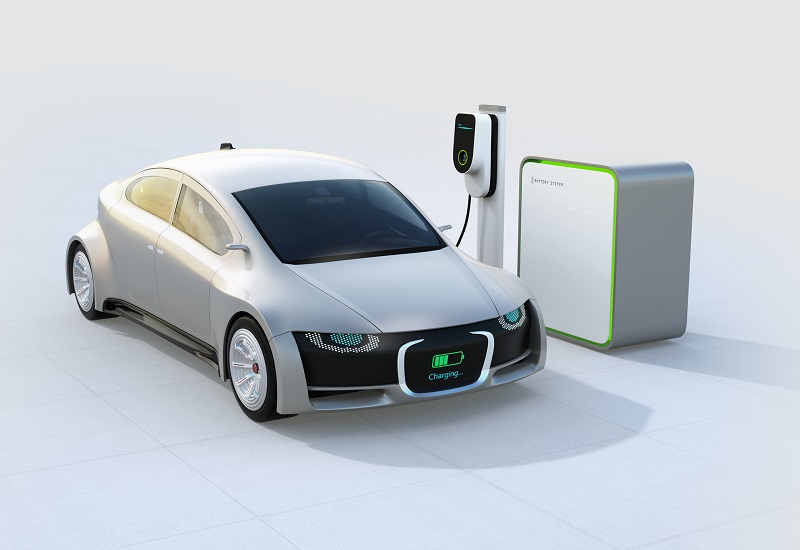
Emerging Growth Opportunities in the Indian Electric Vehicle (EV) Industry
Read more Request Info
Global Semiconductor Chip Shortage Crisis in the Automotive Industry
Read more Request Info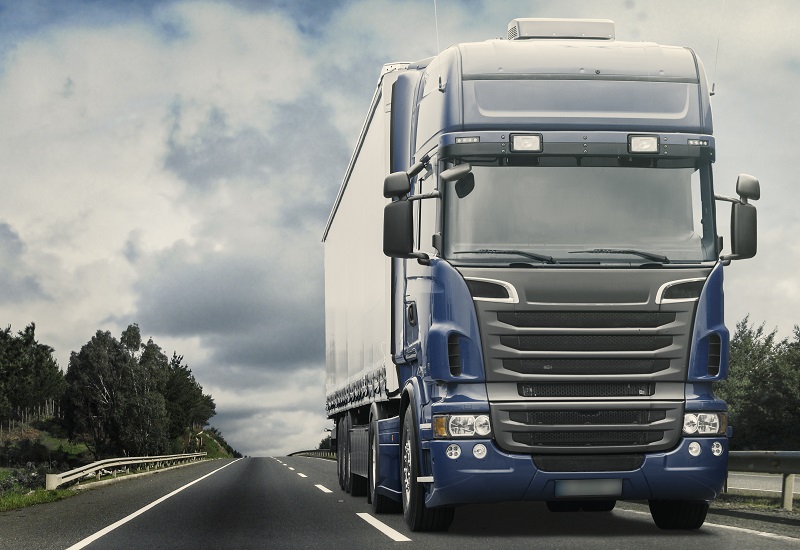
Transformational Growth Avenues in the Global Fuel Cell Trucks Industry
Read more Request Info
Recent Developments Present Growth Strategies for Mobility Technologies
Read more Request Info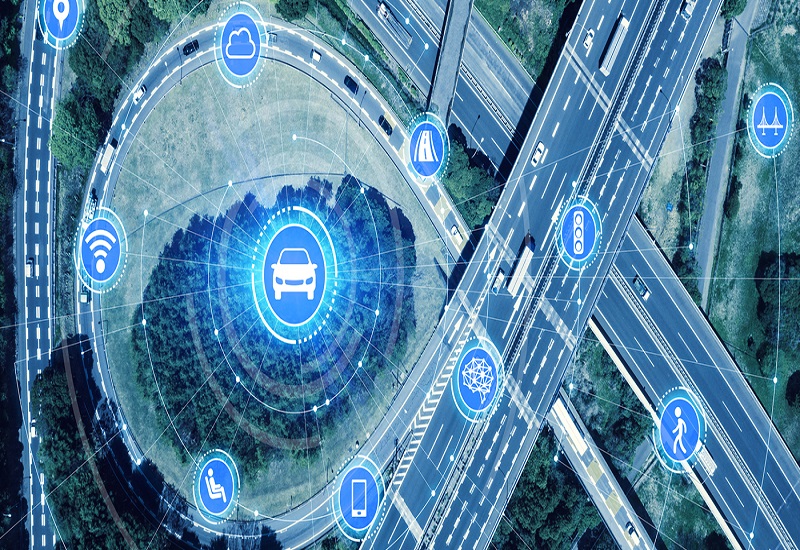
Technology Upgrades Create Growth Hubs for the Connected Cars Sector
Read more Request InfoBeyond acknowledging that the automotive aftermarket was impacted by the pandemic in 2020 (revenues from parts and accessories sales fell by an estimated 8.8% last year), there are more long-term considerations, such as what important trends and opportunities will emerge in 2021 and how will they shape growth in the aftersales business?
Read More
Among other things, COVID-19 has underlined the importance of straightforward and seamless supply chain management in the automotive industry. Characterized by a highly complex and intertwined ecosystem, cross-border deals, and multiple stakeholders spanning design, manufacturing, and marketing to sales, distribution, and servicing, the industry has long placed a premium on transparency, traceability, and compliance across its ecosystem.
Read More
Aluminum has emerged as a key weapon in the automotive industry’s pursuit of its sustainability. At the front end, we are seeing this take the form of the traditional reliance on steel ceding way to the increasing use of aluminum in both vehicle and body parts. At the back end, we are looking at automakers and aluminum manufacturers working collaboratively to promote environmentally-friendly, closed-loop recycling processes for end-of-life vehicles having significant aluminum content.
Read More
As the automotive industry converges toward connected, autonomous, shared, and electric (CASE) mobility, original equipment manufacturers (OEMs) are working on re-engineering their conventional platforms to accommodate electric vehicle (EV) components such as batteries and motors. However, the industry’s transition from a vehicle-centric to a service-centric approach necessitates the development of new digital platforms.
Airports across the globe are increasingly looking to adopt total airport management (TAM) as a means to address challenges across multiple process categories, including airport upgrading activities, the growing need for safety and security, the rising demand for reduced turnaround times, and the desire to increase non-aero revenue and offer an enhanced passenger experience.
Frost & Sullivan’s recent analysis finds that while corporate and consumer businesses remain popular marks for cyberattacks, critical infrastructure facilities have become increasingly viable threat targets. They are highly vulnerable to major operational disruptions and cyber incidents that can lead to real-world peril.Critical infrastructure organizations remain far behind where they should be in their cyber maturity and digital resilience strategies.
Read more